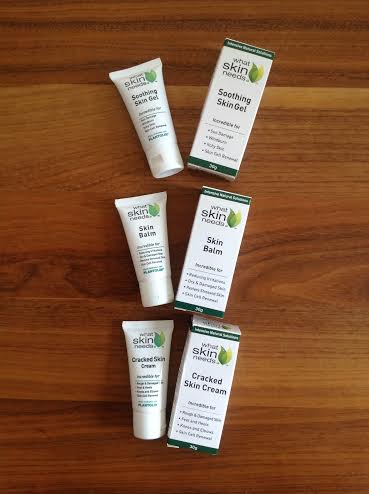Last time we discussed sunburn and sunscreens. But what if, despite all efforts, you get sunburned?
First reduce inflammation. Take anti-inflammatories (eg ibuprofen) and apply bland moisturisers. Cool the affected skin with wet cloths, and keep hydrated. (Pure) aloe vera may help.
Vitamin E may reduce on-going skin-cell damage, which can continue even after sun-exposure. Burnt skin should be protected from further sun. If the burn is severe and covers a large area, or you feel unwell, you may need medical advice.
After several days, your skin will appear recovered, albeit somewhat browner. But this isn’t the end of the story. You will have some permanent damage, which will make your skin look older, and put you at more risk of skin cancer.
Sun UV is responsible for 80% of skin-aging – reduced elasticity (causing sagginess), skin texture changes, wrinkles, hyper-pigmentation and yellowish discolouration. A recent study has shown that regular sunscreens significantly reduce these effects.
More worrying, it is estimated that, in the UK, sun is responsible for 70-90% of the main skin cancers – malignant melanoma (MM), squamous cell carcinoma (SCC) and basal cell carcinoma (BCC).
Intermittent severe (blistering) sunburn, particularly when young, is probably the major cause of MM. In fact, five severe sunburns between ages 15 to 20 years increase risk by 80%. Conversely, SCC and BCC are related to chronic long-term sun. Fair-skinned people are at greater risk as they have less protective melanin. Some people are also genetically susceptible.
Our immune system always attempts to remove damaged skin-cells, in order to prevent cancer, so any immunodeficiency increases risk. To help your immune system, eat plenty of fresh fruit and vegetables.
MM arises from melanocytes (melanin-producing cells). MM may look like a new mole, or a change in a pre-existing mole – such as increased size, irregular edge, colour changes, asymmetrical shape, itching, pain, bleeding or crustiness. Melanoma is aggressive, but can be cured if caught early, so do see your doctor if you notice any skin changes. It can develop from melanocytes anywhere – any skin and, rarely, even the eye.
MM is the most dangerous skin cancer, but BCC is the commonest (75%) and SCC is next commonest. Unlike MM, which can appear on skin anywhere, BCC and SCC generally develop on sun-exposed skin. Either may resemble a sore, which won’t heal, a reddish patch, sometimes with crusting or bleeding. BCC sometimes forms a shiny bump of various colours, or an irregular scar. SCC can look like a wart, or a raised growth with a central dip.
Most BCC and SCC can be removed successfully, but if ignored, they can invade deeply, causing serious disfigurement and sometimes can spread elsewhere in the body, particularly SCC.
The best solution is to avoid sunburn and prolonged sun exposure. However once the damage is done, do maintain a healthy immune system and watch your skin carefully for any changes, or odd lumps or bumps which won’t going away – early treatment can cure.
Further Information:
http://www.skincancer.org/prevention/sunburn/facts-about-sunburn-and-skin-cancer
Note: These articles express personal views. No warranty is made as to the accuracy or completeness of information given and you should always consult a doctor if you need medical advice



